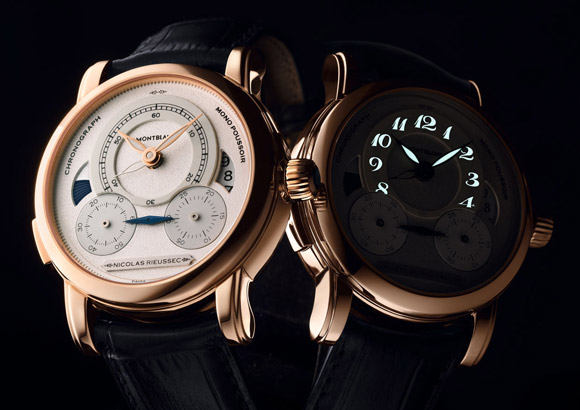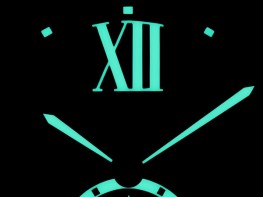A brilliant birth
Right from the start, horological luminescence explored uncharted territory through a pioneering association between chemistry and watchmaking that has now become commonplace.
The partnership did not always go smoothly, since the first 19th century luminescent materials were radioactive when released into the air. Radium was the first element to be used, subsequently replaced by the less harmful but nonetheless also radioactive tritium. In the early 1990s, the latter was also discarded and a Japanese company named Nemoto developed the first non-radioactive substitute: Super-LumiNova.
The current situation is thus quite clear-cut and involves only two possible processes: one based on Super-LumiNova; and the other on liquid composites that are still radioactive but now encapsulated. Alongside these options is one forming a bridge between these two worlds and which involves encapsulating Super-LumiNova. The main advantage is the possibility of enclosing up to 10 times larger quantities resulting in brighter luminescence, but it nonetheless remains fairly marginal.
Preconceived bright ideas
Despite the limpidity of the situation, certain preconceived ideas linger on. The first is that Super-LumiNova is better than LumiNova. Absolutely not: these two entirely separate products are based on different compositions, meaning different applications. LumiNova is a mass-produced industrial substance notably used in signage systems, while Super-LumiNova is exclusively reserved for watchmaking.
Subsequently, as Super-LumiNova has become more widely used, people have come to believe that it always had this blue-green colour for which it is known. That’s also wrong, and doubly so! In actual fact the night-time pigment may be blue or green, or in some extremely rare cases red, although this third colour calls for more developments as well as an extremely stable physical environment and is only very exceptionally used in watchmaking. Daytime pigments are a whole different story, however, and all manner of colours are possible. By combining both worlds, one could therefore have an index of any colour by day but which by night will only shine green or blue, or possibly blue-green.
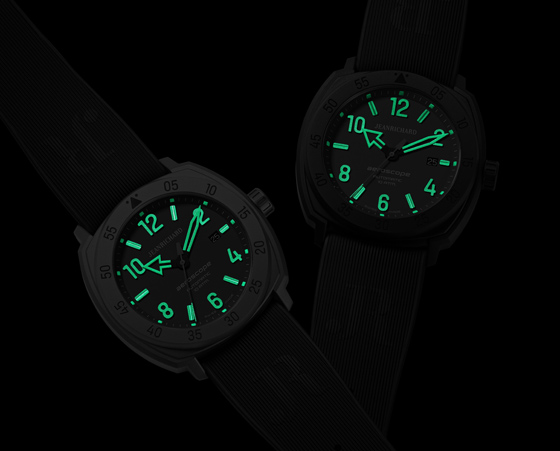
The third popular belief is that Super-LumiNova is a generic product freely available to all. This particular one is both true… and false, since the 1994 patent protecting the elaboration of the material for a 20-year period only actually expired this year. Nonetheless, joint venture between Nemoto and its partner Tritec had anticipated this milestone and other patents had been filed meanwhile. In actual fact, it is currently almost impossible to reproduce Super-LumiNova without infringing one of these new patents.
Is this just about securing legal protection? Definitely not only that, since the material first elaborated in 1994 has evolved considerably and has very little in common with that used in 2014. The joint venture thus set out to protect substantial R&D investments. Among the results achieved over the years, the luminous intensity seen in 2014 is about twice that of the original product.
This potential has notably been exploited by JeanRichard, which entrusted the execution of its work to an intermediary, named Billight. The latter has also distinguished itself by handling the luminescence of certain models by IWC, Speake-Marin (Spirit, Chanel (J12), Zenith (Pilot) as well as F.P. Journe (L’Elégante).
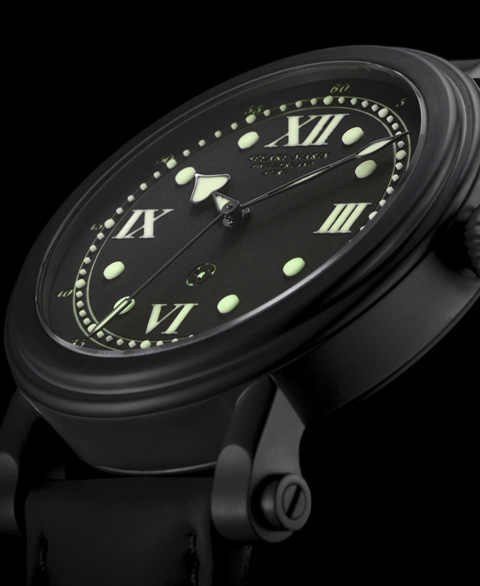
Alternative paths
Alongside Super-LumiNova, MB-Microtec is the king of sealing GTLS, meaning “gaseous tritium light sources”, the second luminescence procedure currently in use.
This company’s strength lies in the ability to achieve hermetically sealed encapsulation of radioactive luminescent elements. Its clients include Ball Watch, a brand well known for its luminescence system. Luminox is also based on the same procedure supplied by MB-Microtec.
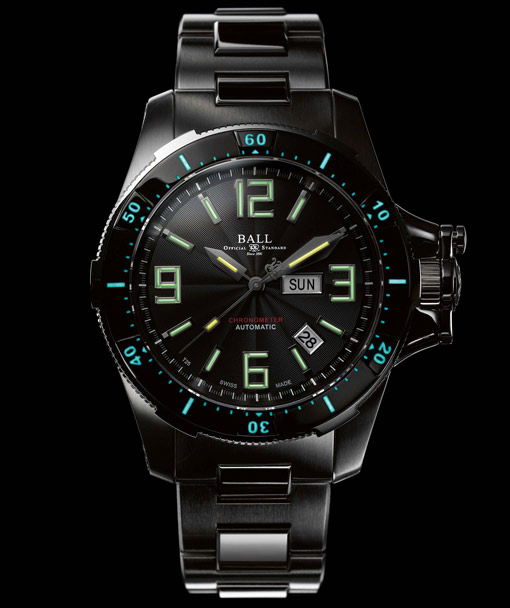
The luminescent value of encapsulated tritium is now clearly acknowledged. While a Super-LumiNova will begin to dim after 15 to 20 minutes, a tritium capsule will only do so after 15 to 20 years – not to mention that the latter is permanently luminescent and shines without needing to be exposed to a light source.
Nonetheless, the process has its limits. To begin with, despite the solidity of the capsule, several countries forbid access to radioactive GTLS. Moreover, the latter tend to be fairly thick, which is why many brands prefer to avoid them. And finally, the tubes encapsulating the precious tritium are made of glass. When protected by a sapphire crystal, they are out of harm’s way, but if exposed to air by being placed on a bezel, the risk of breakage is still too high – which explains why it is still proving to hard to make a bezel permanently luminescent. Encapsulated tritium is thus out of bounds on the bezel and there is clearly still quite a bit of scientific progress waiting to be made.
